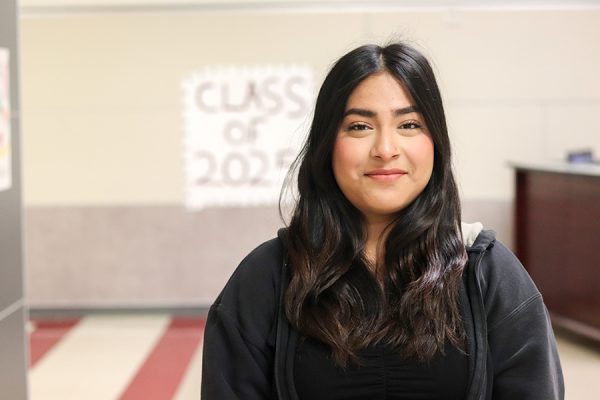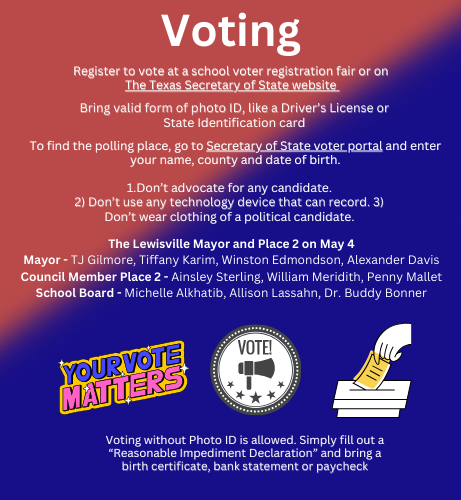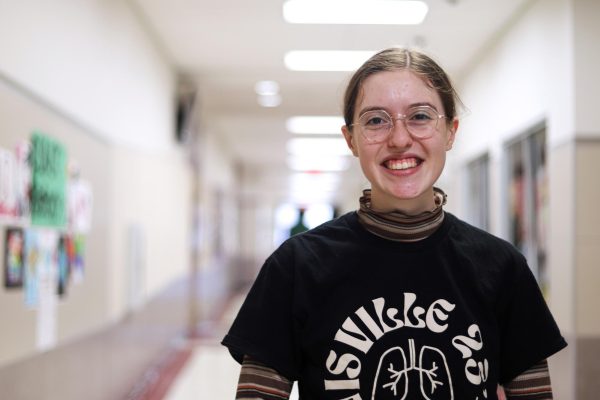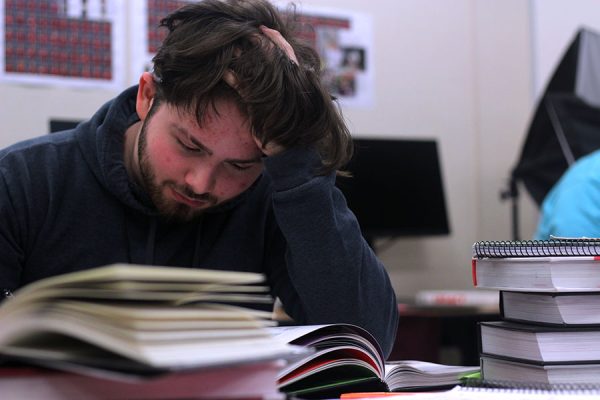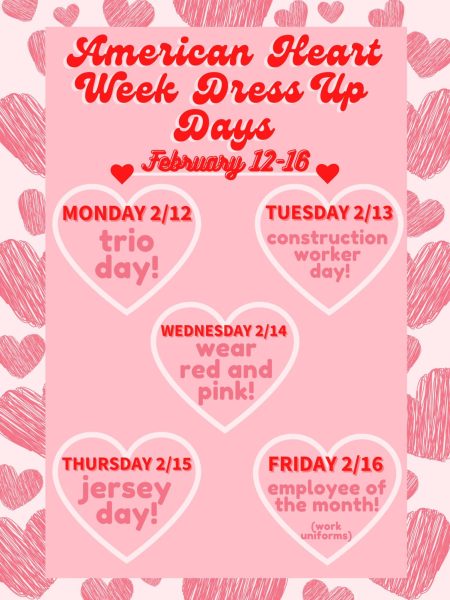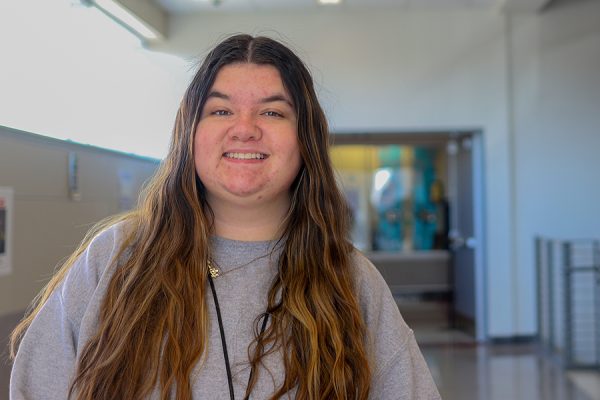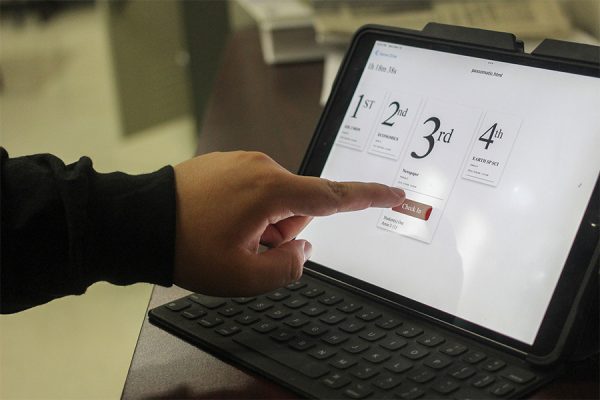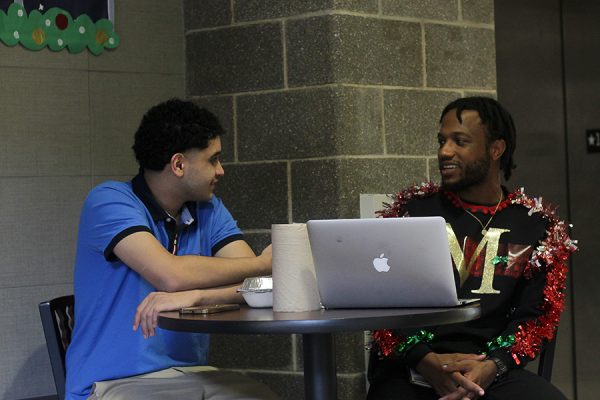Cracking the mold of teaching
Chiropractic care leads to different career
Anatomy teacher Kelly Lancaster listens to students’ questions about the radiograph.
While the sound of bones cracking might make those who are squeamish cringe, it’s one of anatomy teacher Kelly Lancaster’s favorite hobbies to practice. While it is assumed teachers simply go to school, teach and come home, Lancaster breaks the stereotype most students have of their teachers. He holds another job from home as a chiropractor where he heals those who cannot be healed by modern prescription medicines.
“I spend most my time teaching,” Lancaster said. “Chiropracting is more of a hobby. Mainly for friends and family. I don’t do it full time, so it’s not like I have to pick and choose time.”
As a young boy, Lancaster did not dream of becoming a chiropractor. He had other plans but because of certain medical conditions, they were not meant to be. Before Lancaster was born the Cold War between the United States and Soviet Union was really heating up. The space race inspired Lancaster to pursue a career in space and aeronautics.
“I wanted to be an astronaut,” Lancaster said. “I had a plan and everything and then the Air Force Academy turned me down, so I didn’t think I could do it. I moved on to something else. But I was really hoping I’d become an astronaut.”
Lancaster’s interest in chiropractic care sparked after he was involved in a car accident visiting his then girlfriend in college. He had severe neck pain that would not go away, so he went to a chiropractor. Lancaster was amazed when the adjustment of his neck improved his chronic asthma as well.
“Being a chiropractor is a doctor who understands that all of your body is being controlled by your nervous system,” Lancaster said. “Your nervous system travels through your spine so if your spine isn’t aligned then your nervous system won’t perform well. So we make adjustments. Some people call it cracking your back.”
Those who are unaware of how chiropracting works may think Lancaster is a miracle worker because of his healing abilities, but most of the responsibility for the healing is put in the hands of the patient. Much more is involved than just a simple adjustment .
“Most people get adjusted and those muscles just pull the spine back out of alignment again, so they never see a real benefit,” biology teacher Rebecca Delozier said. “Different people are going to see different results based on the philosophy of their doctor and their dedication to getting healthy.”
Lancaster got into teaching because his wife is also a teacher. The hectic schedule of a chiropractor left Lancaster with little time to spend with his two daughters and his wife, who was the one who encouraged him to go into teaching so they would have the same time off. When he became a teacher, Lancaster no longer missed important soccer games and school events that he would have missed because of work. But at the end of the day, he’d rather be a teacher than a full time chiropractor because he loves educating his students.
“Even though I only had Dr. Lancaster for science UIL, I enjoyed learning from him,” senior Grace Kim said. “His personal experiences with his patients are funny yet informative.”
For those thinking of becoming a chiropractor, it might not be the best idea according to Lancaster. It would be best to do the research on the career and what states are best to practice in. Spending tens of thousands of dollars on an education and having no open positions would be crippling to any college graduate.
“It’s a dangerous time to be a chiropractor on the state of Texas because you could go through all the training and still not be able to practice chiropractics,” Lancaster said. “Other states are more accepting of chiropractors, so if you want to move somewhere else then I say go for it.”
Although Lancaster mostly teaches now, the information he has obtained from chiropracting is still valuable to anyone who asks. He cannot practice on his own students, but is willing to give the best medical information possible.
“[I trust Lancaster] absolutely,” Delozier said. “He is my first stop when I feel like I might need to go to the doctor. I will have a conversation with him first, if he thinks I need to make a doctor appointment I do. As far as sports injuries I have actually had more success with his recommendations than my orthopedist’s recommendations.”




